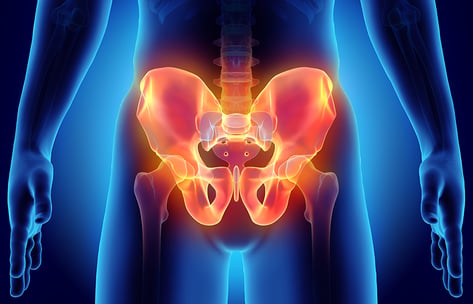Hooray for Hips
Join Our Movement
What started as an idea has become a national movement. With your support, we can influence policy and inspire lasting change.
Become an Advocate
Hip Vasculature or Blood Vessels
The blood vessels of the hip can become compressed. Blocking the flow of the blood vessels can lead to blood clots which can become dislodged and travel to the heart, lungs or brain. The feet are the furthest part of your body from your heart. You want your blood to be freely circulating to your toes. Therefore, any constriction will hamper your ability to get the blood flowing.
Be sure to keep the circulation flowing by moving your body, performing skin care releases and wearing clothes that do not constrict the inside of the hips where they bend when you sit. With the style of ‘skinny’ pants, many people want the look but don’t think about the consequences. Pants that are too tight in the groin or back of the knees can affect your circulation.
Other diagnoses can affect your circulation. These include high blood pressure and heart disease, diabetes, smoking, poor diet, and a sedentary lifestyle. Providing movement to your body can improve the consequences of these situations. Improvement in diet and smoking cessation is necessary.
Hip Skin
The skin around the hips is full of areas for pressure injury. The sacrum (end of the tail bone), the ischium (sitting bones) and the top of the femur (long bone of the leg) are key pressure injury areas. These locations need to be monitored frequently for pressure injury which may appear as a dark, purple or ashy area in darkly pigmented individuals and as a red or purple spot for lightly pigmented individuals.
The skin where your legs meet your body that gets folded when sitting can also have a skin injury from vascular issues mentioned above. Monitor all of your skin to ensure it is healthy.
The boney areas of the hips are frequent locations for pressure injury development because of the heavy use when sitting or when in bed. A combination of these locations is under pressure 24 hours a day. It is extremely important to use pressure dispersing measures to keep your circulation unrestricted. Use medical grade equipment to assist in reduction of pressure. Since there is no equipment that can completely eliminate pressure, you still need to perform pressure releases and turning to ensure a safe and healthy skin.
If you see a spot on your skin, stay off it. The spot you see on the surface of your skin is less of an injury than what is happening below the skin where you cannot see. Do not become complacent in this activity. Even if you have not had a skin injury, your body will change as you age which puts you at higher risk. Keep your skin dispersing equipment in good shape and replace when worn.
Pediatric Consideration:
Infants have a hip examination shortly after birth. This is to make sure the hips are in alignment and not mispositioned. With neurological diseases or spinal cord injury, the hips are typically checked by a healthcare professional to ensure they are still in alignment prior to beginning therapy. As the child ages, the muscles become stronger leading to less risk for displacement, but they should still be checked.
Children’s bones are not as firm as adults. If there is a fracture, it is usually what is called a ‘greenstick’ meaning the bones is like a branch of a young tree where the bone is broken but not pulled apart. Severe fractures can be through the bone, like adult bones. Children’s bones are typically mature at ages 15 for girls and 17 for boys.
Consequences of spinal cord injury can happen to children, even though they are younger and not yet with mature bones. Heterotophic Ossification (H.O.) and decreased bone density can occur. Therefore, children should be evaluated for these conditions.
